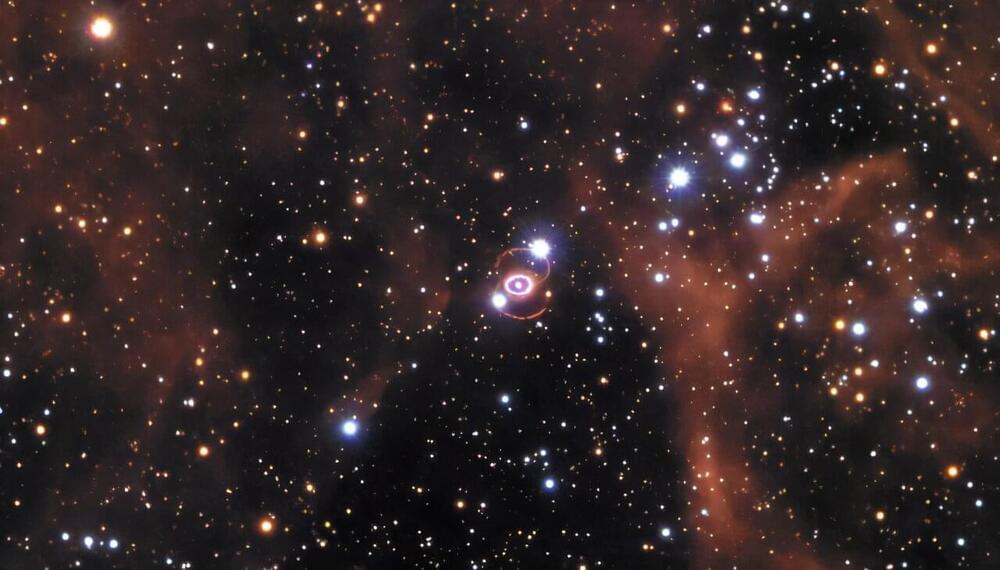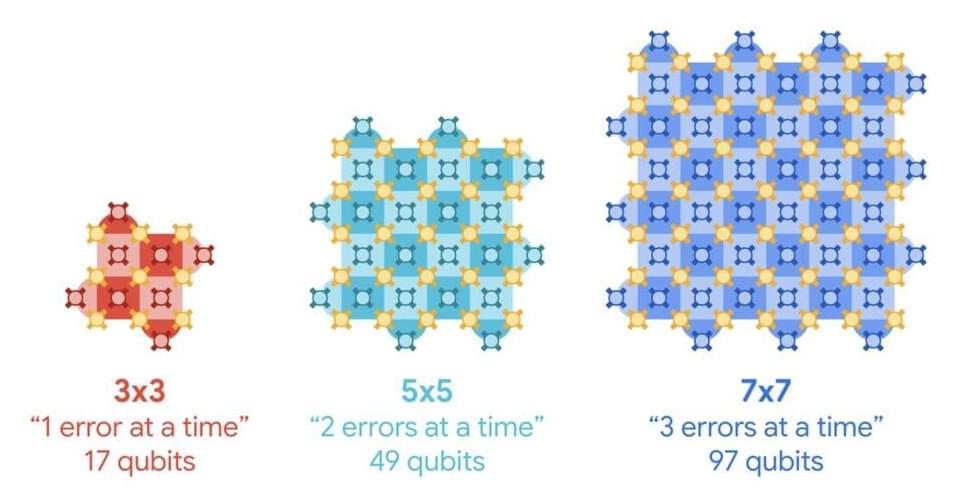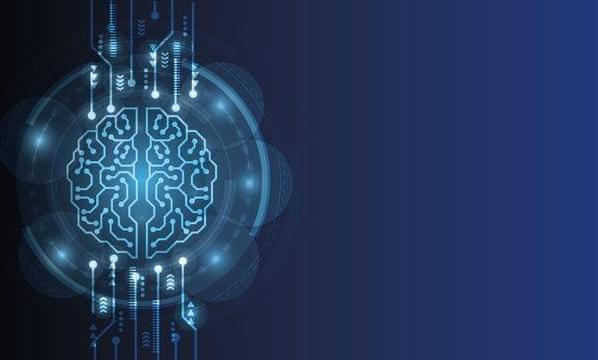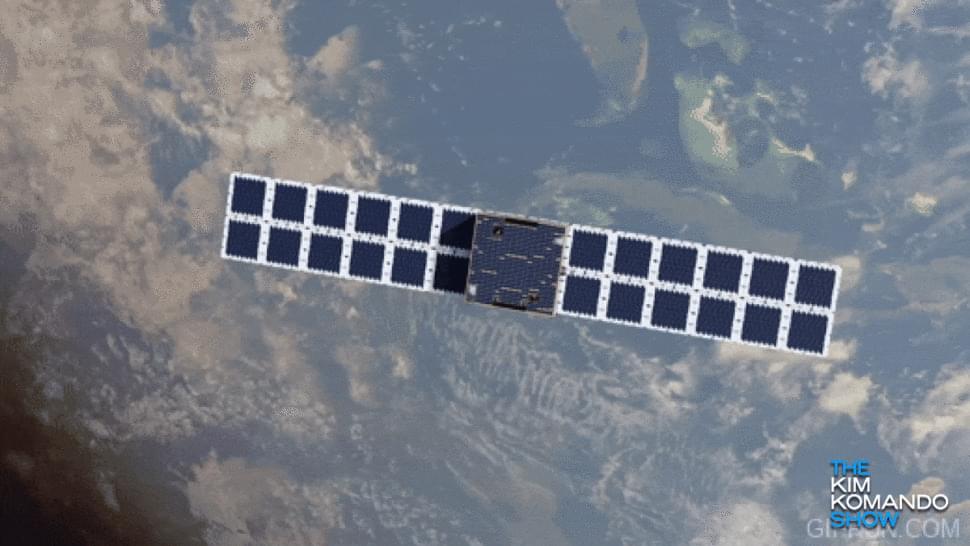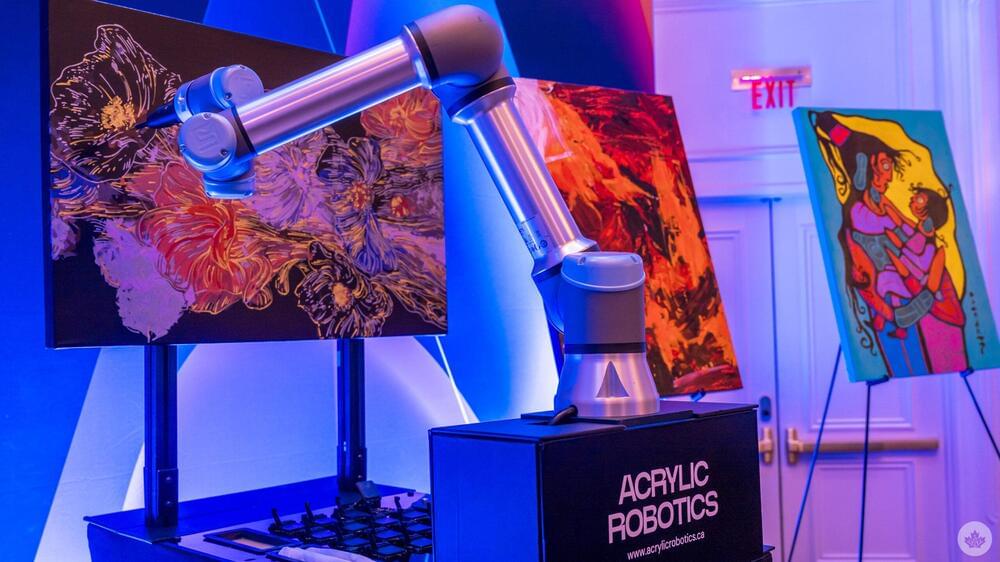Our new quantum chip demonstrates error correction and performance that paves the way to a useful, large-scale quantum computer.
Can AI become demon-possessed?
Posted in robotics/AI
That’s our question.
When we ask whether AI can become possessed by a spirit sent by Satan, we might beflummox our minds with an unnecessary detour. That detour is puzzlement over the relationship between disembodied spirits and machine intelligence. Such mental machinations are just as “creepy” as personifying a chatbot or robot. And they are oblique. They fail to provide a path toward understanding the presence of evil.
Northwestern Medicine investigators have discovered new molecular mechanisms underlying DNA repair dysregulation in prostate cancer cells, findings that may inform the development of new targeted therapies for patients that have become resistant to standard treatments, according to a recent study published in Science Advances.
Qi Cao, Ph.D., the Anthony J. Schaeffer, MD, Professor of Urology, was senior author of the study.
DNA damage is a natural occurrence in cells caused by various intercellular and external stressors. However, if left unrepaired, this damage can lead to genetic mutations that can lead to the development of different diseases, including cancer.
Since 2018 the Zwicky Transient Facility, an international astronomical collaboration based at the Palomar Observatory in California, has scanned the entire sky every two to three nights. As part of this mission, the ZTF’s Bright Transient Survey has been counting and cataloging supernovae—flashes of light in the sky that are the telltale signs of stars dying in spectacular explosions.
On Dec. 4, ZTF researchers—including astronomers at the University of Washington—announced that they have identified more than 10,000 of these stellar events, the largest number ever identified by an astronomical survey.
“There are trillions of stars in the universe, and about every second, one of them explodes,” said Christoffer Fremling, an astronomer at Caltech who leads the Bright Transient Survey. “ZTF detects hundreds of these explosions per night and a handful are then confirmed as supernovae. Systematically doing this for seven years has led to the most complete record of confirmed supernovae to date.”
Google Quantum AI announced that it is moving past the Sycamore era and taking another leap down its roadmap with the introduction of the 105-qubit Willow, a new quantum chip that has achieved a milestone in computational power and error correction, marking a major step toward large-scale, commercially viable quantum computing.
The team, which published their findings in Nature, is also eyeing a quantum device that overcomes the limitations of errors and offers real-world solutions to tough problems, the ultimate destination as they progress along their roadmap.
“The mission of the Google quantum AI team is to build quantum computing for otherwise unsolvable problems,” said Hartmut Neven, a vice president of engineering at Google and founder and manager of the Quantum Artificial Intelligence lab, at a recent roundtable about the new milestone.” So what problems do we have in mind? The first applications will be modeling and understanding systems where quantum effects are important. So that’s the case for common drug discovery, understanding and designing nuclear fusion reactors, bringing down the enormous energy costs of fertilizer production. But it then extends to multiple other areas, such as quantum machine learning.”
Researchers developed CrystaLLM, an AI model predicting crystal structures without traditional physics-based simulations. By analyzing millions of existing structures, it predicts realistic arrangements of atoms, even for unfamiliar materials.
Satellite technology is impressive. But scientists fear there might be too many filling up our atmosphere. Here’s why.
Honda claims its future EVs will even go as far as 776 miles on a full charge after 2040. There is one big issue, though.
Montreal-based Acrylic Robotics is utilizing a robot’s arm to paint fine art on canvas using AI software that emulates the actual painter’s brush strokes.
The startup showcased its technology with demos at AWS re: Invent, Amazon’s cloud service conference held in Las Vegas, where an AI robot dutifully worked on a painting, or “Auragraph,” live. Holding a brush, it would carefully dip into the different pools of acrylic paint below and then position the brush to apply a stroke at just the right spot.
In a sense, it felt a little like watching an automated assembly, only in a very obvious artistic context. Acrylic Robotics is trying to meld the worlds of artificial intelligence, engineering, robotics and art into a practical form of production. The idea is not to just produce replicas of an artist’s pieces, but to also bring digital creations to canvas without resorting to simple prints. At the same time, the company’s ethical approach is to ensure artists get paid for what they create.
The world’s first urban wind turbine designed by AI has been unveiled in the UK.
Called the Birmingham Blade, the turbine is jointly developed by AI design specialists EvoPhase and precision metal fabricators KwikFab. The turbine is also tailored to the unique wind conditions of a specific geographic area.
EvoPhase claimed that it used its AI-driven design process to generate and test designs for their efficiency at wind speeds found in Birmingham, which, at 3.6 meters/second are substantially lower than the 10 meters/second rating for most turbines.



